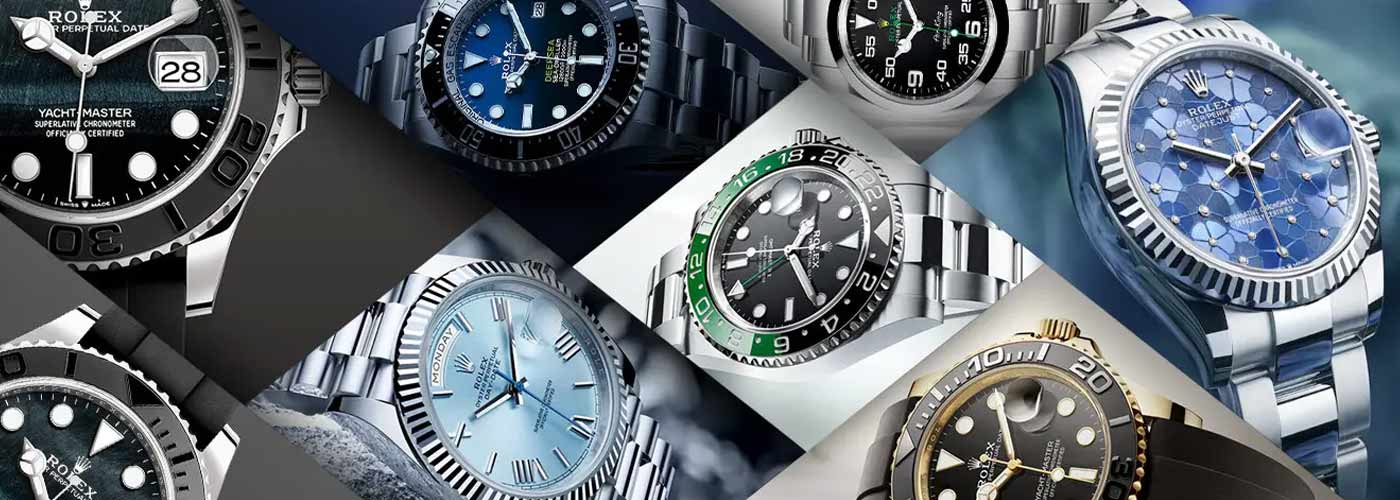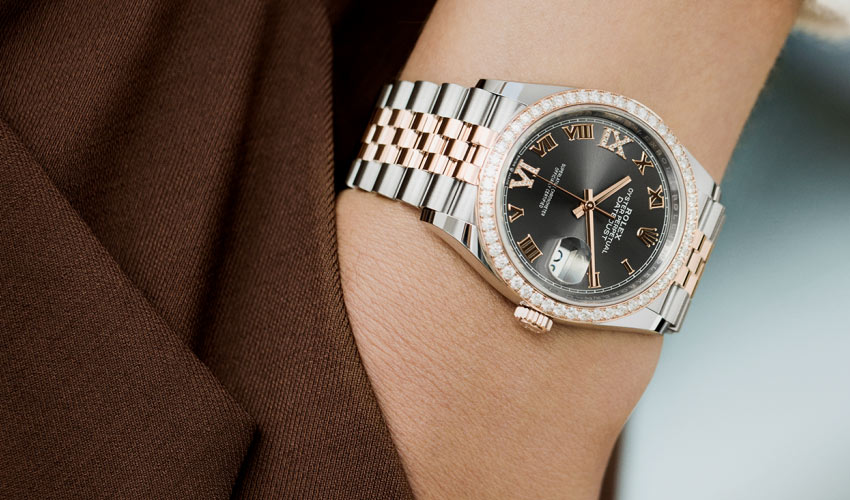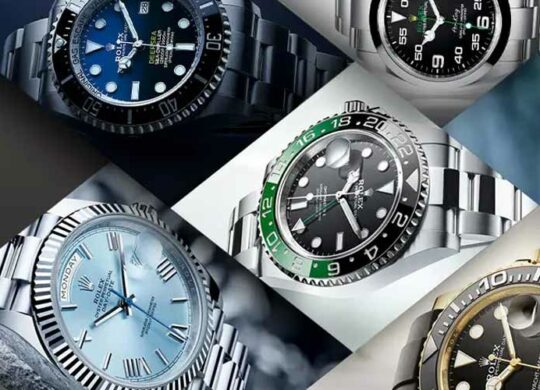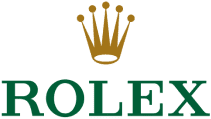Impact of COVID-19 on the luxury watch market
The COVID pandemic has had an impact on every industry on the globe, including the luxury watch industry. The escalating effects of the pandemic have disrupted the luxury watch supply chain, and volatility in raw material prices has slowed the global growth rate of the luxury watch market. The decline in market value is a result of a significant drop in demand for luxury watches, which are essential to the fashion industry.
On the brighter side, the luxury watch market is expected to recover as individual regulatory authorities begin to relax these imposed restrictions. The operations that have been canceled or suspended will continue, and the luxury watch market is expected to expand.
Luxury watches market size: Where is it headed?
Luxury watches are premium-priced, high-quality accessories made by skilled craftsmen. These watches are made of precious metals such as platinum, gold, and silver and embellished with gems such as rubies and diamonds that add sophistication and elegance to a person’s style and personality.
Because they are exclusive, expensive, and not mass-produced, they can be easily differentiated from their affordable counterparts on account of their durability and uniqueness. One of the key factors positively influencing demand for handcrafted watches worldwide is the emerging trend of adopting premium fashion as a status symbol. But where is it going? Let’s find out.
Analysis, Size, and Forecasts of Luxury Watch Market
The global luxury watch market was valued at USD 26.3 billion in 2021 and is expected to reach USD 32.3 billion by 2027, exhibiting a compound annual growth rate (CAGR) of 3.4 percent during 2022–2027.
Luxury Watch Market: Key Companies and Market Share Insights
The luxury watch market has become quite competitive but we still have some of the big players intact. Watch manufacturers that are now known for their luxury segment include Rolex UAE, Patek Philippe, Audemars Piguet, LVMH and more. Apple Inc. has also been trying to tap into the luxury watch market with the launch of the Apple Watch Ultra. They have also been investing on watches with precious metals. Breitling, Seiko Watch Corporation, and Titan Company Limited are also contributing in the industry.
As for the key players, it has to be Vacheron Constantin, Richard Mille, IWC, Jaeger-LeCoultre, Hublot, Omega and more.
Luxury watch market: Distribution channel insights
According to Maximise Market Research, the online luxury watch market is projected to grow at a CAGR of 6.5 percent. Consumers prefer to buy premium products through online channels because of favorable value-added services such as cash on delivery (COD), convenient return policies, secure transactions, and integrated and centralized customer service.
To reduce operational costs and increase profits, key players are implementing online retail strategies. Companies like Fossil Group, Rolex Dubai, and Ralph Lauren have a strong presence in offline retail stores and also sell their products online to expand their market reach. This distribution channel also allows manufacturers to sell their products on a global scale.
In 2018, the offline category accounted for more than 85 percent of global revenue. The growing consumer preference for purchasing high-end products from retail stores is a major factor driving the growth of this segment. Furthermore, offline channels such as convenience stores, supermarkets, and company-owned brand retail outlets make it simple for consumers to understand the exact size and weight of the product.
Segmentation of the Global Luxury Watch Market
The luxury watch market is segmented on the basis of type, gender type, and distribution channel, along with forecasts for growth at the global and regional levels. The growth in these segments will help in analyzing meager growth segments in industries and provide users with a valuable market overview and market insights to assist them in making strategic decisions for identifying core market applications.
| Category Name | Category | Subcategory |
|---|---|---|
| Type | Analog Watch | |
| Digital Watch | ||
| Gender Type | Women | |
| Men | ||
| Unisex | ||
| Distribution Channel | Online Stores | |
| Offline Stores | ||
| Regional Outlook | North America | United States |
| Canada | ||
| Asia-Pacific | China | |
| Japan | ||
| India | ||
| South Korea | ||
| Australia | ||
| Indonesia | ||
| Others | ||
| Europe | Germany | |
| France | ||
| United Kingdom | ||
| Italy | ||
| Russia | ||
| Others | ||
| Latin America | Brazil | |
| Mexico | ||
| Others | ||
| Middle East and Africa |
In terms of market share and revenue, Europe dominates the market. This region’s market growth is due to a high concentration of buyers seeking products with distinct properties and brand value in developed economies within this region.
Due to changing consumer behavior and increasing disposable income, particularly in developing nations such as China and Japan, Asia-Pacific is expected to be the fastest-growing region from 2022 to 2029.











